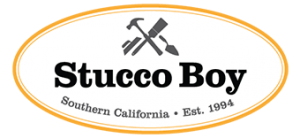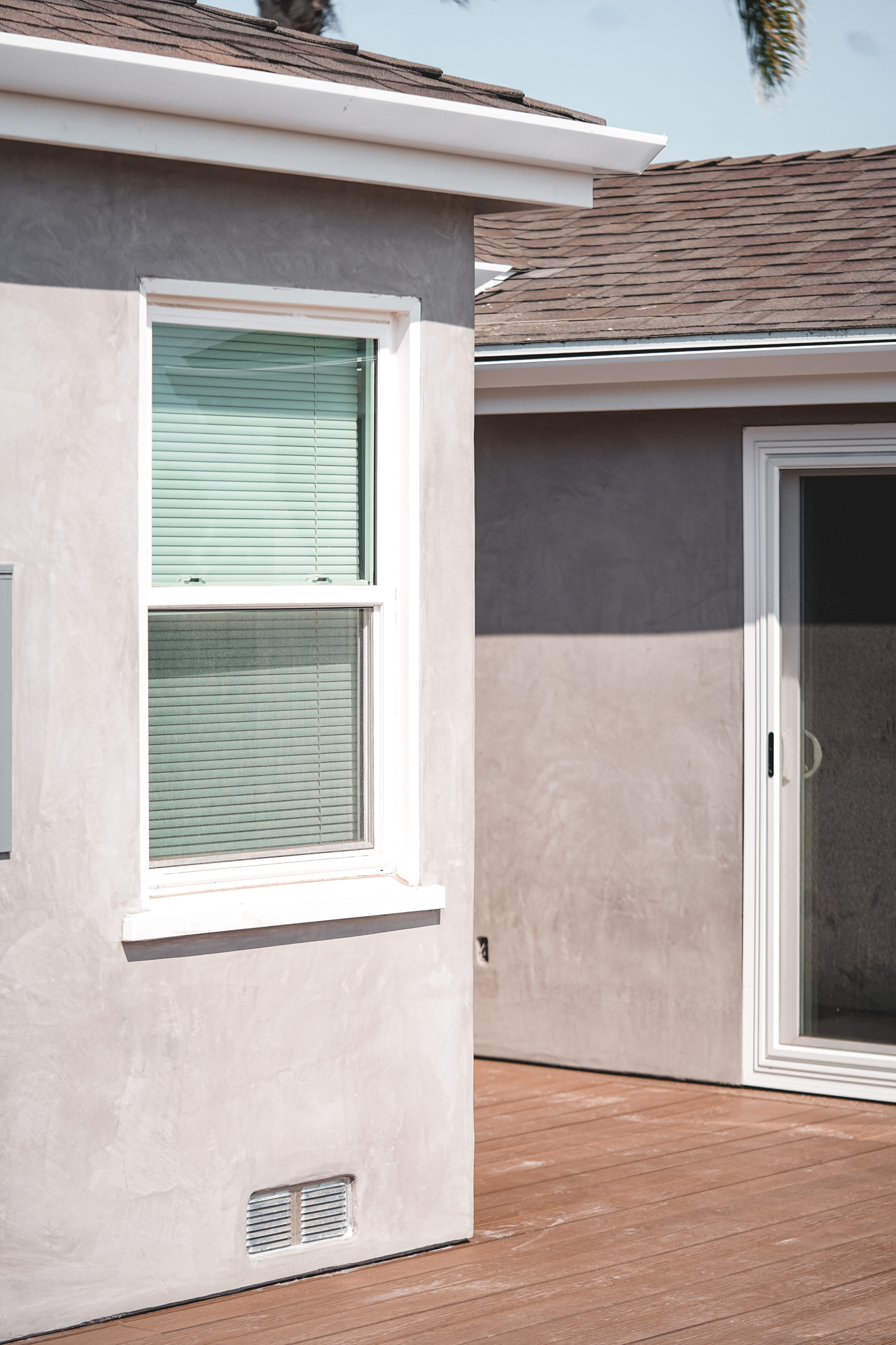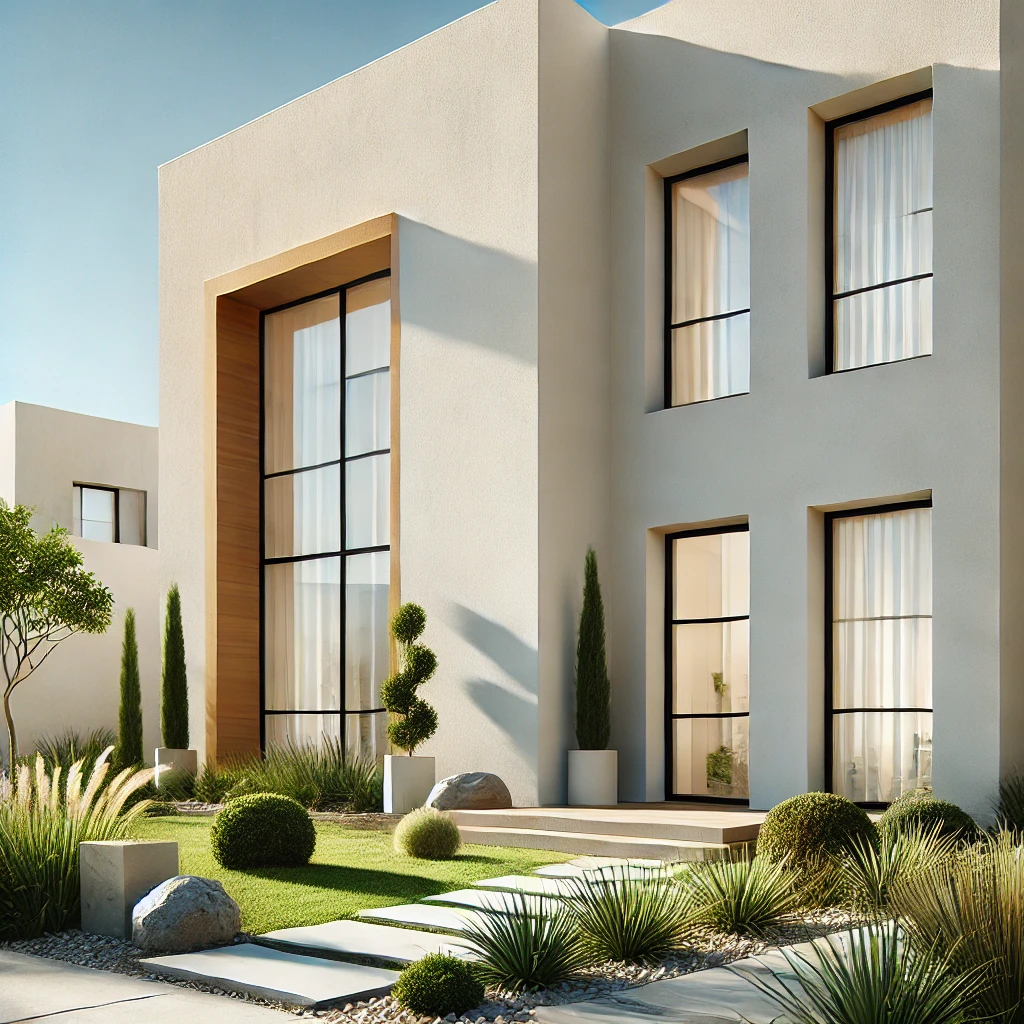Stucco Replacement Costs in 2025 – Is It Time to Re-Stucco Your Home?
Stucco Replacement Costs in 2025 – Is It Time to Re-Stucco Your Home?
Replacing stucco is a big decision—but it can completely transform the appearance and longevity of your home. If patching no longer works or your siding is decades old, 2025 might be the right time to fully replace it. Here’s what you can expect in terms of pricing, process, and considerations this year.
💰 Average Cost of Stucco Replacement in 2025
Full stucco replacement in 2025 will typically cost between $7 and $15 per square foot, depending on your region, contractor, and the complexity of your home’s architecture. For a 2,000 sq. ft. home, that means an estimated total cost of $14,000 to $30,000.
Prices are up roughly 5–10% compared to 2023, driven by rising labor wages and material costs. Synthetic stucco systems (EIFS) can even exceed $20 per square foot due to the additional waterproofing layers and specialized labor involved.
🛠️ What’s Included in the Cost?
-
Tear-Off of Old Stucco: Removing old, damaged stucco can be a labor-intensive part of the process and typically accounts for 15–25% of the cost.
-
Surface Prep: If moisture or wood rot is found beneath the surface, expect additional charges to replace sheathing or framing.
-
New Stucco System: This includes lath, scratch coat, brown coat, finish coat, and pigment or paint.
-
Optional Upgrades: Many homeowners in 2025 are opting for hydrophobic coatings, impact-resistant mesh, and energy-efficient barriers as add-ons.
🧱 When Should You Replace Instead of Repair?
-
Widespread Cracking: Indicates foundation settling or structural issues.
-
Delamination: If stucco is detaching from the lath or sheathing.
-
Mold or Moisture: Black stains or mildew inside or out may signal hidden water issues.
-
Age: Stucco typically lasts 50–80 years. If your home is nearing that mark, replacement is a smart investment.
🌍 Regional Considerations for 2025
In markets like Southern California, Long Beach, or Phoenix, full stucco replacement is often driven by both aesthetic updates and weather damage. With more intense sun exposure and drier climates, texture and color fade faster, and replacement is often paired with exterior remodeling.
🧾 Final Word
Replacing your stucco siding is one of the most valuable exterior upgrades you can make. In 2025, expect higher prices—but also more durable materials and better moisture barriers than ever before. Plan ahead, get multiple quotes, and ensure your contractor is experienced with your specific stucco system. The result? A refreshed exterior that protects your home for decades to come.







